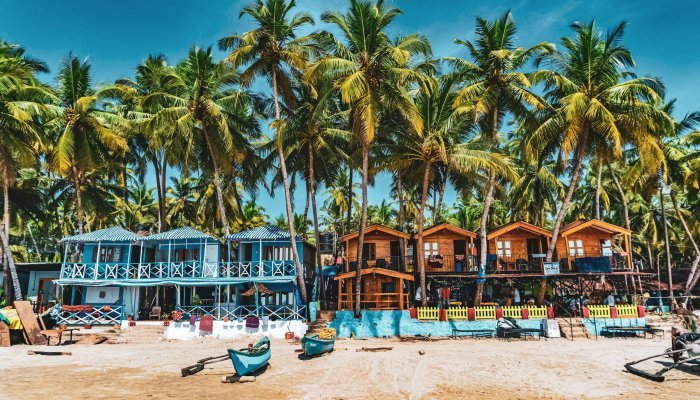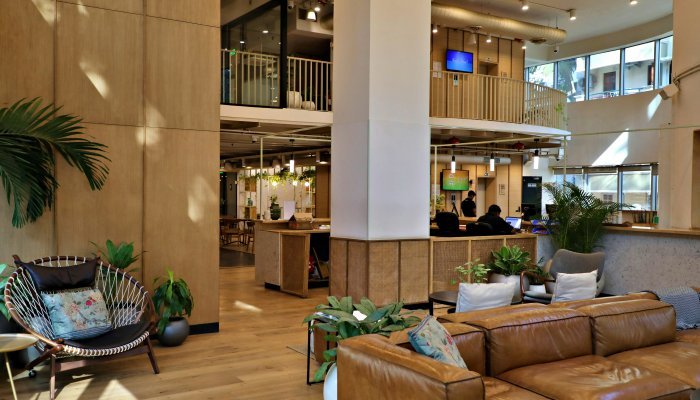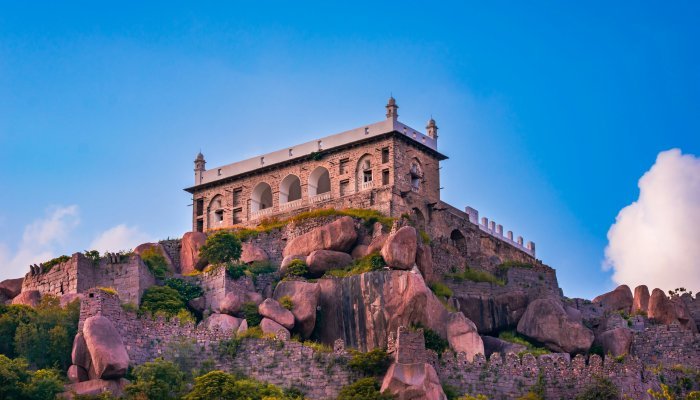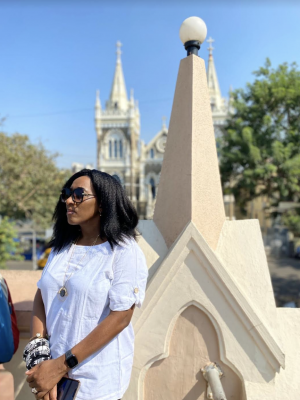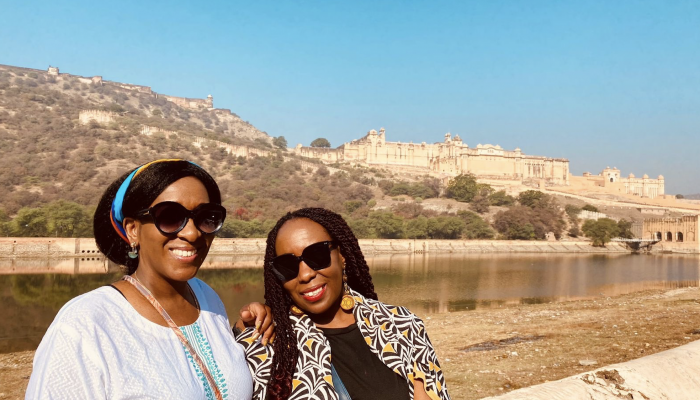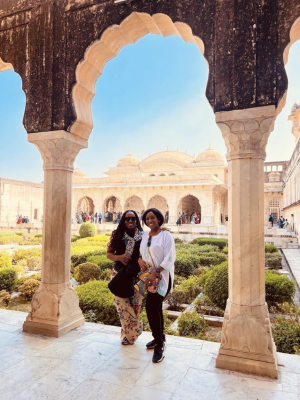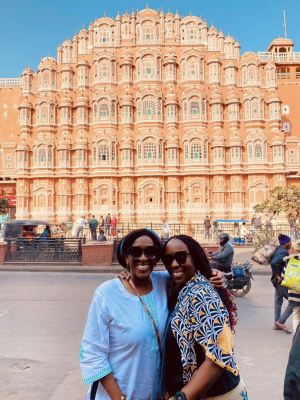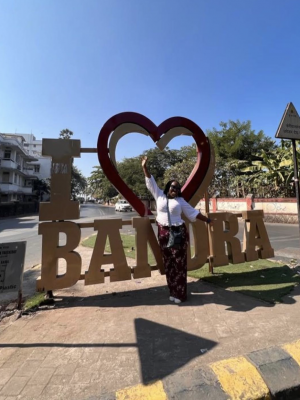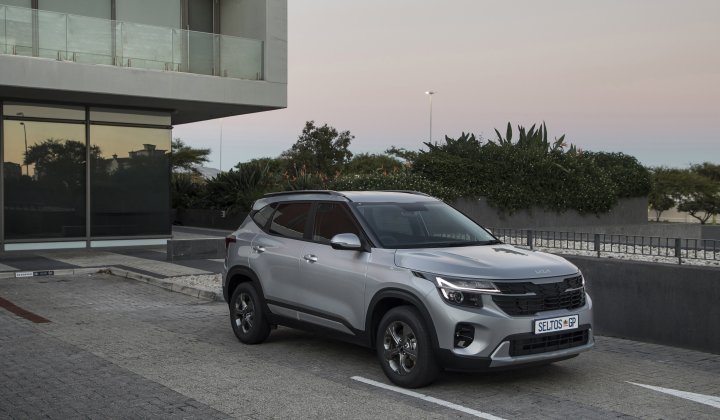Client meetings, trade shows, conferences, and product launches are just some of the business purposes that have contributed to India’s soaring rates of corporate travel. A study published by market research firm the IMARC (International Market Analysis Research and Consulting) Group reveals that while India’s business travel market size reached $35.6 billion in 2022, projections are for accelerated growth that will reach $59.5 billion by 2028. Work may be the primary reason for visitors to the country, but it’s not the sole pursuit enjoyed by an increasing number of travellers.
Coined to reflect this trend, the portmanteau of ‘bleisure’ travel references situations in which productivity and recreation are merged into one trip.
Instead of travellers trying to snatch an hour or two to head to nearby local sites, they’re enhancing their work efficiency by scheduling leisure days either before or after work commitments. This dedicated time for personal pursuits means they can determine and then fulfil their needs in incredible India, whether they’re looking for adventure or ayurveda, wanting to enjoy nature or museums, or seeking to indulge in shopping or a spa retreat.
In February 2024, global travel management provider FCM Travel India hosted the first FCM Corporate Travel Summit. Speaking at the event, the managing director of the company, Sunny Sodhi, revealed that India is the ninth-largest travel market in the world for business travel spending.
“It is the fourth-largest market for the Asia Pacific region, representing 5.7% of business travel spending in the region. In 2023, India’s business travel spending grew 24.7% and we anticipate an 18.3% increase in spending in 2024.”
Two travellers who have contributed to these statistics of growth are South African sisters Mandisa Maketa and Nosipho Maketo-van den Bragt. The duo went to India in November 2022 following Nosipho’s invitation to speak at the Animators Guild India Fest. A lawyer and owner of an award-winning visual effects and animation studio, Chocolate Tribe, Nosipho was asked to share her journey of breaking stereotypes as a legal mind in the creative industry. When the invite came, Mandisa realised what a great opportunity it would be to support her sister but also engineer them an incredible trip together.
Following the two-day work event in Mumbai, the sisters spent an additional couple of days in the city where they visited local sights such as The Gateway of India and Sunset at Marine Drive, and took the obligatory photo at the ‘I Love Bandra’ sign. Mandisa says she wanted to experience “a huge sensory feast of colour, interesting architecture, culinary deliciousness and ancient cultures through to modern times influenced by a high level of technology!”
Having now delivered her address, Nosipho was able to get into leisure mode and savour the sights and sounds and tastes of another place. The sisters opted to spend an additional five days in the Pink City. “India is massive - it’s so vast that with a limited amount of time it’s difficult to choose a combination of places to visit, but choose we had to,” recalls Mandisa. “After research based on what other travellers had combined with Mumbai, the sights we wanted to check off, and the ease of logistics, we opted for Jaipur, which was a great choice.”
In addition to the famous palace, the Hawa Mahal, the pair also went to the Amber Fort. Being able to incorporate recreational activities at the tail-end of a business trip meant the sisters had a truly memorable trip to cherish. It also enticed them to come back to India as they would now like to experience two more different states to add to their wonderful recollections of Maharashtra and Rajasthan. If ever either of them have a work trip anywhere in the country, they’re both pretty determined to make it one of bleisure.
When a work trip isn’t on the cards, but India is calling, those with the means and the flexibility choose a personally curated journey as a remote worker, freelancer or digital nomad. This type of adventure can span anywhere from a couple of days to an extended stay of weeks. India doesn’t yet have a bespoke digital nomad visa but most visas allow for a maximum duration of 180 days, which can be used to merge business and leisure according to personal preferences.
How to bleisure
Whether it’s for three days or three months, affording yourself some time to experience India is worthwhile.
Take a workation
As more companies offer remote-work posts, it’s possible to have a primary base in which you reside, while enjoying the freedom to take your work wherever you please. This might look like spending a month working from India and then returning to South Africa for the next. It might look like planning a six-month trip to travel around India while working and fulfilling job obligations at every destination. To stay aligned with a company's schedule, workationing might require flexibility with when you start and end your workdays, but it can deliver amazing experiences outside of these hours.
Create a digital nomad season
Typically entrepreneurs or freelancers, digital nomads are not tethered to a single company or employers. They have autonomy over when, where, why, and how they work. Consequently, home tends to be where the Wi-Fi is, and not necessarily where the business is registered or the country and bank account listed on invoices. If you’re able to maintain a steady source of income and wish to travel, India has a growing population of digital nomads. Co-working office spaces, communes, and digital hubs abound all over the country.
Extend a business trip
Whether it’s for a conference or a meeting, hoping to find a window to explore during a work trip doesn’t always work out. Instead of trying to do too much in too little time, consider adding additional time at the end of your corporate obligations. You’ll likely need to cover your own meals and accommodation for this extension, but if your company has taken care of flights, that’s a major budget expense already sorted. Chat with and get recommendations from locals, the hotel concierge, and even other colleagues during the work part of the trip, so that you can curate your own ideal experience. Insights shared might include advice on where to get a temple blessing, tips on where to get the best curry or thali, a heads-up on festivals that might be fascinating to witness, and guidance on the best bazaars to go shopping.
Popular places for digital nomads
Enjoy an ocean view from the office in Goa
With expansive infrastructure, a booming economy and a desire to attract more remote workers, Goa is a compelling destination. It may be India’s smallest state by size, and the fourth-smallest in terms of population, but the region has the highest GDP per capita in the country. Coastlines stretching along the Arabian Sea mean a variety of beach options where you can appreciate the views while working from the popular shores at Baga and Palolem to more laid-back fishing villages such as Agonda. Internet connectivity is strong and widely available at a growing number of cafés and dedicated co-working spaces.
Make high-tech connections in Hyderabad
Hyderabad is a city in the south that serves as a major centre for the technology industry. IT, commerce, and manufacturing are major contributors to the economy, with thousands of tech companies such as Apple, Amazon, Facebook, Google, and Microsoft having offices in the city. In 2017, Hyderabad became one of the first cities in the world to have 1 Gbps internet speed. In 2024, the World Economic Forum established a Centre for the Fourth Industrial Revolution (C4IR) in the city, making it a hub to leverage the latest technology in advancing the life sciences and health sectors. When you’re not working, Hyderabad has famous sites that are worth a visit, such as the stepwells of Golconda, which won an award of distinction at the 2022 Unesco Asia Pacific Heritage Awards. Other attractions include art galleries, libraries, sports complexes, museums and theatres, and many shopping bazaars.
Build your digital dreams in Bengaluru
Often referred to as the Silicon Valley of India, this city is a major tech hub. With its pleasant climate, broad streets, parks, and green spaces, it’s also often called ‘Garden City’. These factors make Bengaluru attractive for remote workers and by extension increase the opportunities for networking and connection. Major industries of IT, biotechnology, and manufacturing mean that high-speed internet is widely available. In addition to co-working hubs spread throughout the city, there are also many cafés, bars, and restaurants that can offer a change of office scenery. When it comes to eating out or having a working lunch, the city's diversity is reflected in culinary choices that span from tea stalls to established franchises and chains. Bengaluru is distinctly known for having many vegan restaurants that serve regional cuisine.
Pursue calm and wellness in Kerala
Recognised as the birthplace of Ayurvedic medicine, Kerala offers tranquillity alongside scenic beauty. With mountain ranges, beaches, lakes, tropical greenery, and numerous retreat venues, it’s a place where you can escape the hustle and bustle while still being as productive as you need to be. The state boasts the highest rates in India for literacy and life expectancy, as well as the highest human development index. Additionally, a growth in the number of coworking spaces and communities makes Kerala ideal for digital nomads. It’s also considered one of the safest states in the country, an important factor for solo travellers. Numerous temples, festivals, and cultural activities can give visitors a unique experience in Kerala, while the globally renowned and distinct cuisine may have you rotating various restaurants and coffee houses for meals or working lunches.


